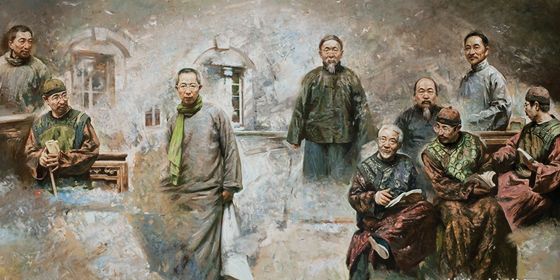Top 10 regional merchant groups in ancient China
- By Zhang Junmian
 0 Comment(s)
0 Comment(s) Print
Print E-mail China.org.cn, November 16, 2011
E-mail China.org.cn, November 16, 2011

Shanxi Group 山西商幫
The Shanxi Group and Huizhou Group were the most powerful and prominent merchant guilds during the Ming and Qing dynasties. In the early of the reign of Emperor Hongwu (1368-1398) in the Ming Dynasty, Shanxi natives began to supply grain to the northern military frontiers with the aim of getting a government permit for the more profitable trade of salt, a necessity and abundant resources in the province. Salt trading was how the Shanxi merchants initially accumulated their huge wealth and came to fame. By the time of the Qing Dynasty, the guild had established close ties with the government through continuous tributes, thus becoming an even more powerful capital force.
For more than 500 years, the Group's footprints not only covered the whole country, but reached out to Japan, Southeast Asia, Arabia and Europe, rivaling the success of the greatest Italian and Jewish merchants. Their business operations included salt as well as grain, tea, cotton and silk. They also ran pawnshops and loan sharking activities. The Piaohao system, or draft bank, which was created by the Shanxi merchants in Pingyao County in 1823, dominated China's banking activities for over one century. However, the guild quickly declined as the country approached the modern era, mainly due to the government corruption, their conservatism towards reform and new industries, and fierce competition from foreign counterparts.
Go to Forum >>0 Comment(s)






